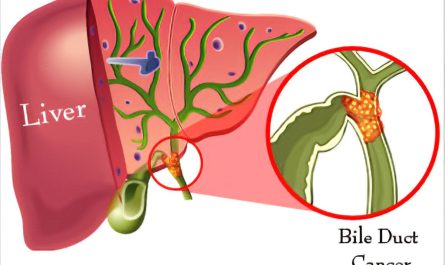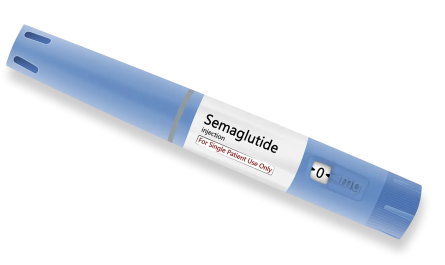
Positron emission tomography (PET) scanners are medical imaging devices that use radioactive substances to create detailed 3D images of the inside of the body. PET scans have become an invaluable tool for doctors to diagnose and monitor many medical conditions. This article provides an overview of how PET scans work, what they are used for, and the latest developments in PET technology.
How PET Scans Work
A PET scan works by injecting a small amount of radioactive substance, known as a radiotracer or radiopharmaceutical, into the patient’s body. Common radiotracers include fluorodeoxyglucose (FDG), which is glucose that has been radioactively labeled with fluorine-18. The radiotracer travels through the bloodstream and is absorbed by tissues and organs according to their metabolism.
Cells that are more metabolically active absorb more of the radiotracer. As the radiotracer decays, it releases positrons. A positron is the antimatter counterpart of an electron. When a positron encounters an electron, they annihilate each other, producing two gamma ray photons traveling in opposite directions.
The PET scanner uses rings of special detectors to detect these pairs of gamma rays. A computer then analyzes the data from thousands of gamma ray detections and uses an imaging algorithm to construct a 3D color image that shows where the radiotracer has accumulated in the body. Areas with high radiotracer concentration appear brighter on the image, indicating more metabolic activity in those tissues.
Medical Uses of PET Scans
Cancer Diagnosis and Staging – PET scans are very useful for cancer diagnosis and staging. It can detect cancers that do not show up on other imaging tests like CT or MRI scans. By showing where cancer cells are metabolically active, PET scans help determine if cancer has spread beyond the primary site. This is crucial for determining the appropriate treatment.
Heart Disease – PET scans are useful for detecting coronary artery disease and assessing blood flow to the heart. It can detect areas of reduced blood flow that may indicate blockages. PET scans are also used to guide and evaluate treatments for heart disease.
Brain Disorders – PET scans of the brain can help diagnose neurological disorders like Alzheimer’s disease, epilepsy, and some tumors. It reveals patterns of abnormal brain activity that provide clues to these conditions. PET scans are also used in research to study normal brain function and changes related to aging, drug addiction, and psychiatric illnesses.
Infection and Inflammation – Radiotracers that bind to white blood cells can help locate sites of infection or inflammation in the body. PET scans are useful for detecting osteomyelitis (bone infection) and assessing inflammatory conditions like rheumatoid arthritis.
Continued Advancements in PET Technology
Combination with CT and MRI – Hybrid PET/CT and PET/MRI scanners that integrate two image modalities are becoming more common. The molecular information from PET is combined with the anatomic detail of CT or MRI scans to provide a more precise localization and characterization of abnormalities.
Novel Radiotracers – Research continues to develop new targeted radiotracers for diseases like Alzheimer’s, infection, inflammation, heart disease, and cancer. This improves accuracy by allowing PET scans to visualize specific molecular pathways and cellular targets.
Time of Flight Technology – Newer PET scanners have time-of-flight capabilities that use data about the timing of detected gamma ray pairs to improve image quality. This allows lower radiation doses and faster image acquisition times.
Machine Learning Applications – Artificial intelligence and deep learning algorithms are being used to help interpret complex PET scan data in cancer diagnosis, predicting and measuring treatment response, and finding subtle abnormalities.
More Accessible Scanners – Continued technological innovations aim to make PET scanners more widely available through lower manufacturing costs, faster workflows, and radiotracers with longer half-lives. This would expand the applications of PET imaging around the world.
In summary, positron emission tomography is a powerful non-invasive medical imaging technique that provides biochemical and functional information through radiotracer imaging. As new radiotracers and technological capabilities continue to be developed, PET scans will likely play an even greater role in disease diagnosis, treatment monitoring, and biomedical research in the years to come. With advancements in accessibility and application of artificial intelligence, PET imaging promises to transform clinical care andexpand our understanding of human health and disease.
*Note:
1. Source: Coherent Market Insights, Public sources, Desk research
2. We have leveraged AI tools to mine information and compile it


